Speaking at the 2nd European Green Steel Summit, Philipp Radtke, Senior Partner at McKinsey & Company, highlighted the challenges to be faced in the green steel transformation. Mr. Radtke stated that in the last five years, it is not sure how useful the smelting process in steel production is for green momentum and analyzed it under three headings: "Customers, new players and regulations". He also emphasized the importance of green steel in this context, stating that customer demands and the way these demands are met are important.
Pointing out that green steel production may be more costly than gray steel production in the future, Radtke stated that wages are already fluctuating. He indicated that if customer demands are handled outside of industrial priorities, cuts may be made in the short term and significant reductions may be experienced in the long term. He also referred to the challenges in the use of materials such as steel, aluminum and plastics, noting that these sectors may face similar challenges.
Stating that technical processes are in a separate category in steel and green steel production, Radtke noted that blast furnaces and furnaces play an important role in this process. He also pointed to scrap and other types of raw materials, innovative materials such as hydrogen and pellets, noting that he expects significant increases in pellet prices in particular and that there are many question marks for these materials. He also mentioned the weekly changing dynamics of the market and the frequent announcements for carbon-free steel production.
Radtke explained that subsidies play an important role in transformations and that the first steps have been taken for green steel, noting that emissions in steel production have increased and that steel is expected to become completely green. Regarding overcapacity, he emphasized that there has been an improvement compared to the 1990s, especially for the last three years, while there is still overcapacity in Europe in 2020.
Referring to the fluctuations in the cost of natural gas supplies, Radtke also discussed the issues between the location of production and delivery of hydrogen. He also shared his views on how much imported products are used in steel and HBI production across Europe and their taxation. In general, he expressed the expectation of an increase in steel prices per tonnage, but noted that the consumer would not be affected much by this increase.
On the issue of low carbon steel exports, he mentioned rising carbon dioxide costs and said that demand is balanced by local low carbon capacities and emphasized that the CBAM program will provide more traceability in the future.


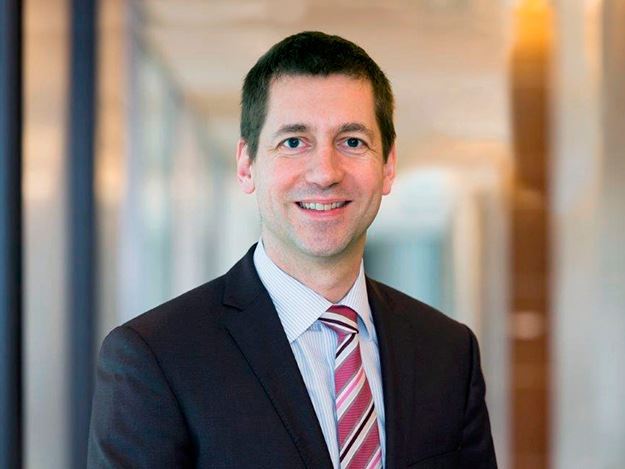
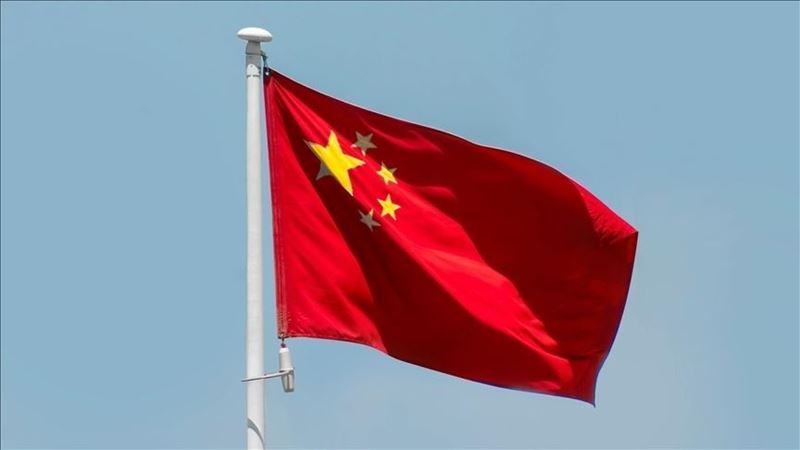
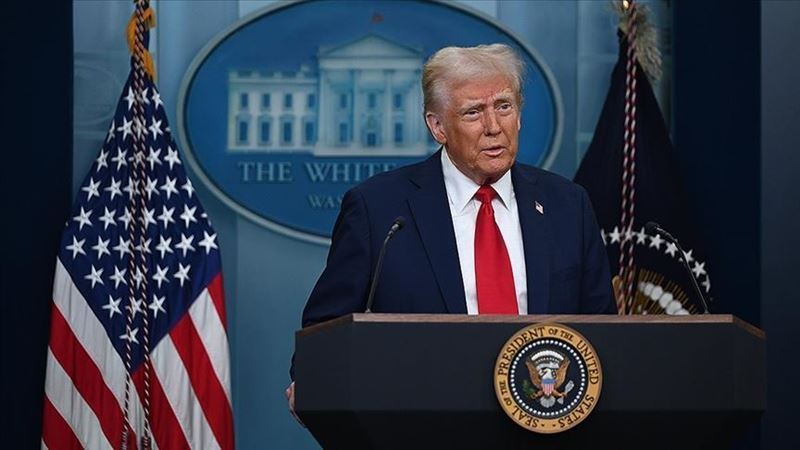
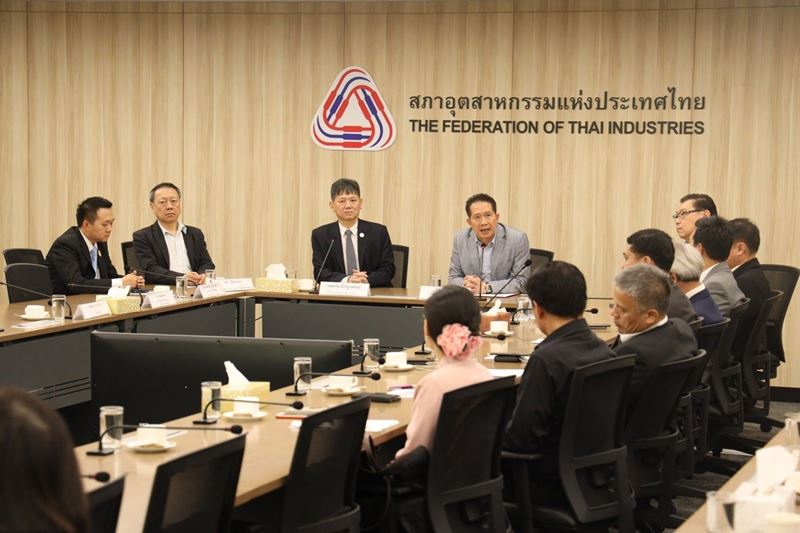
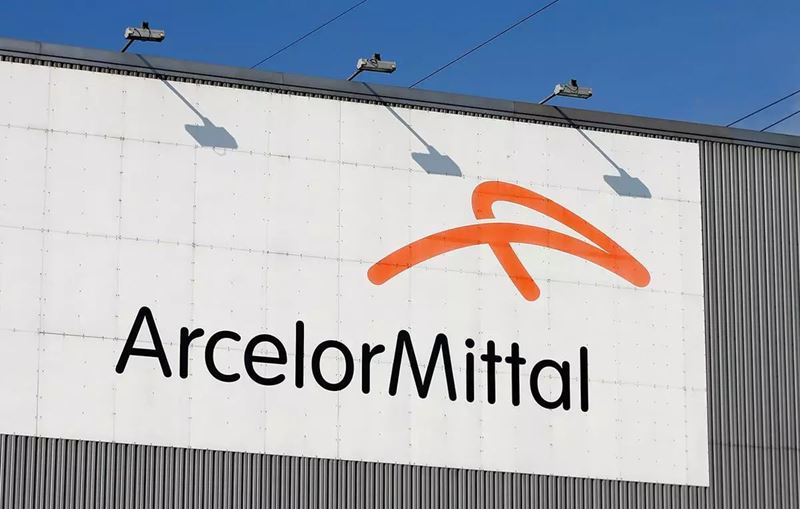
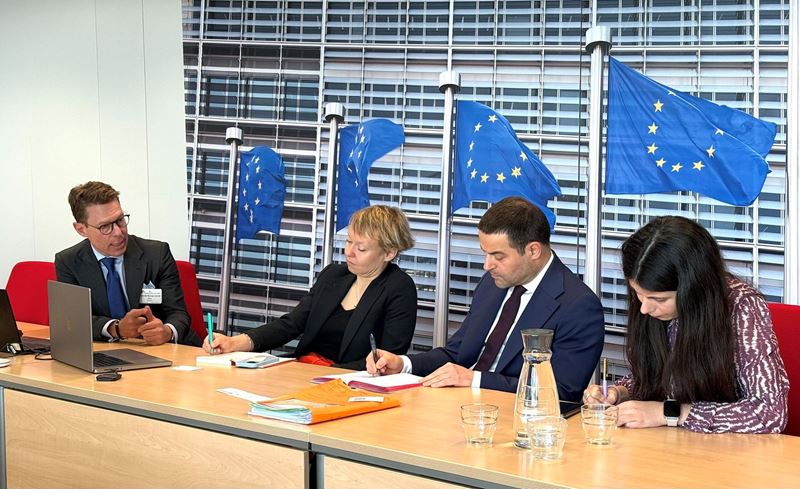

Comments
No comment yet.